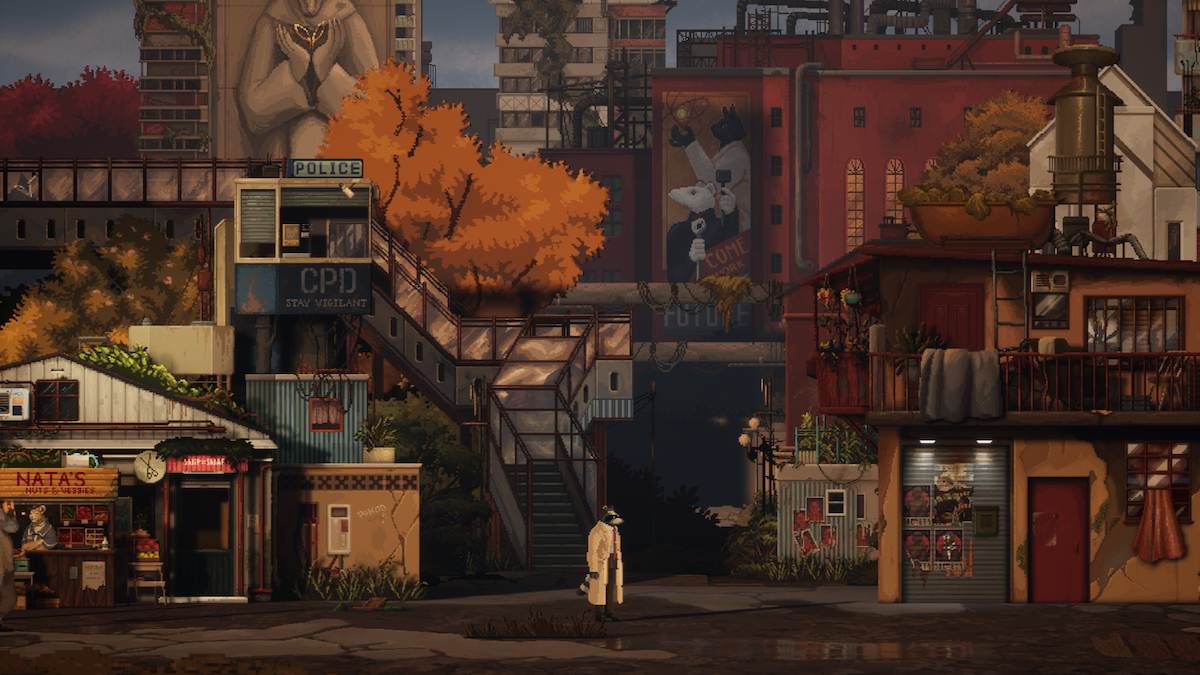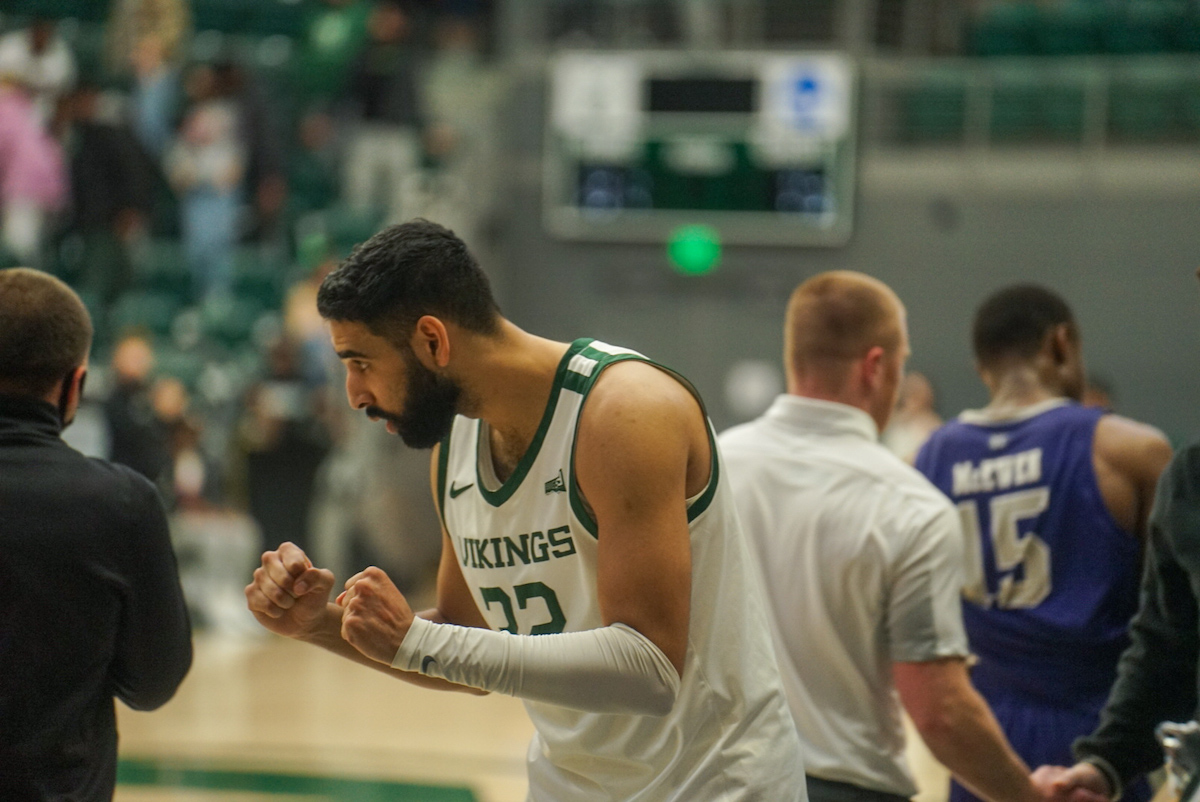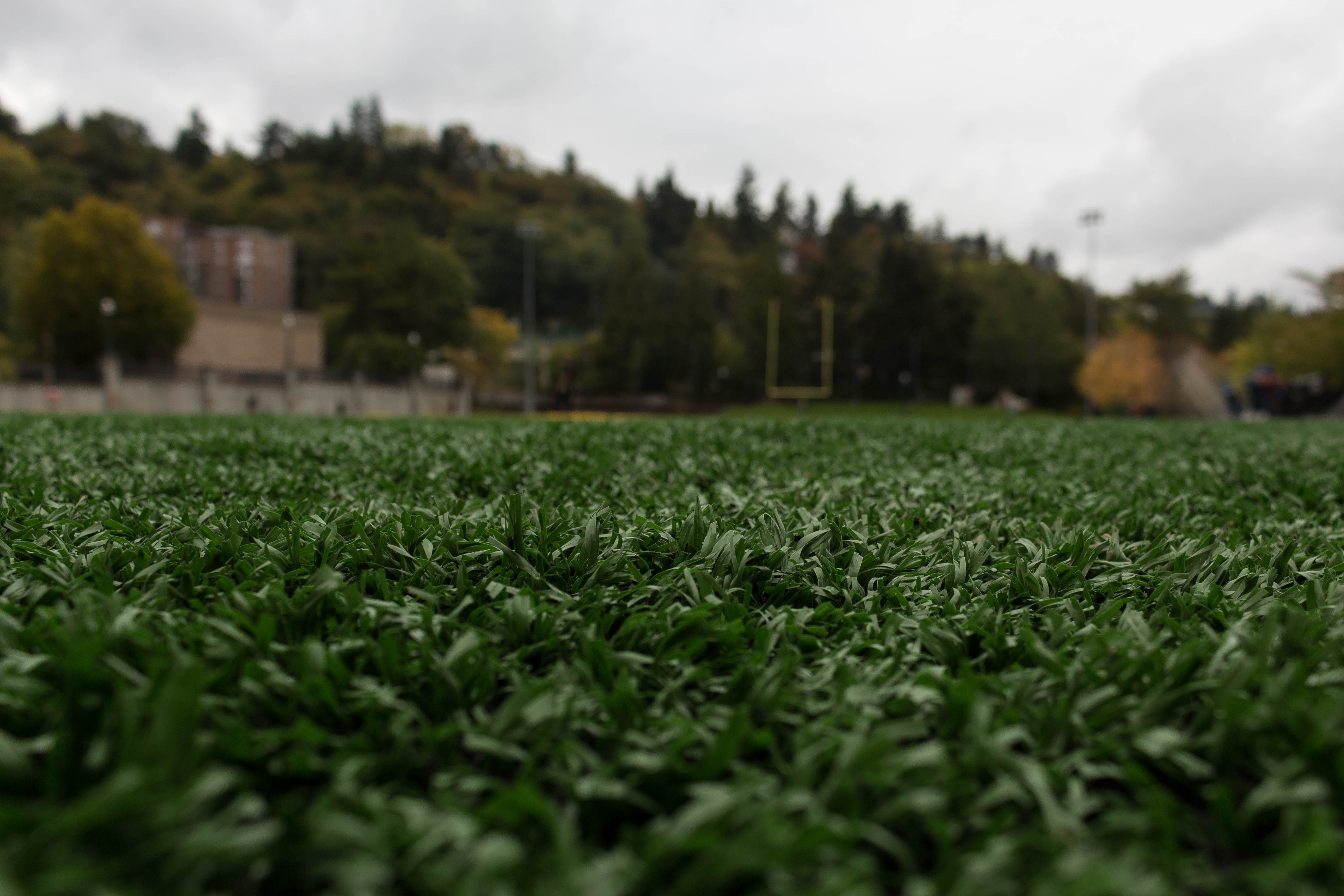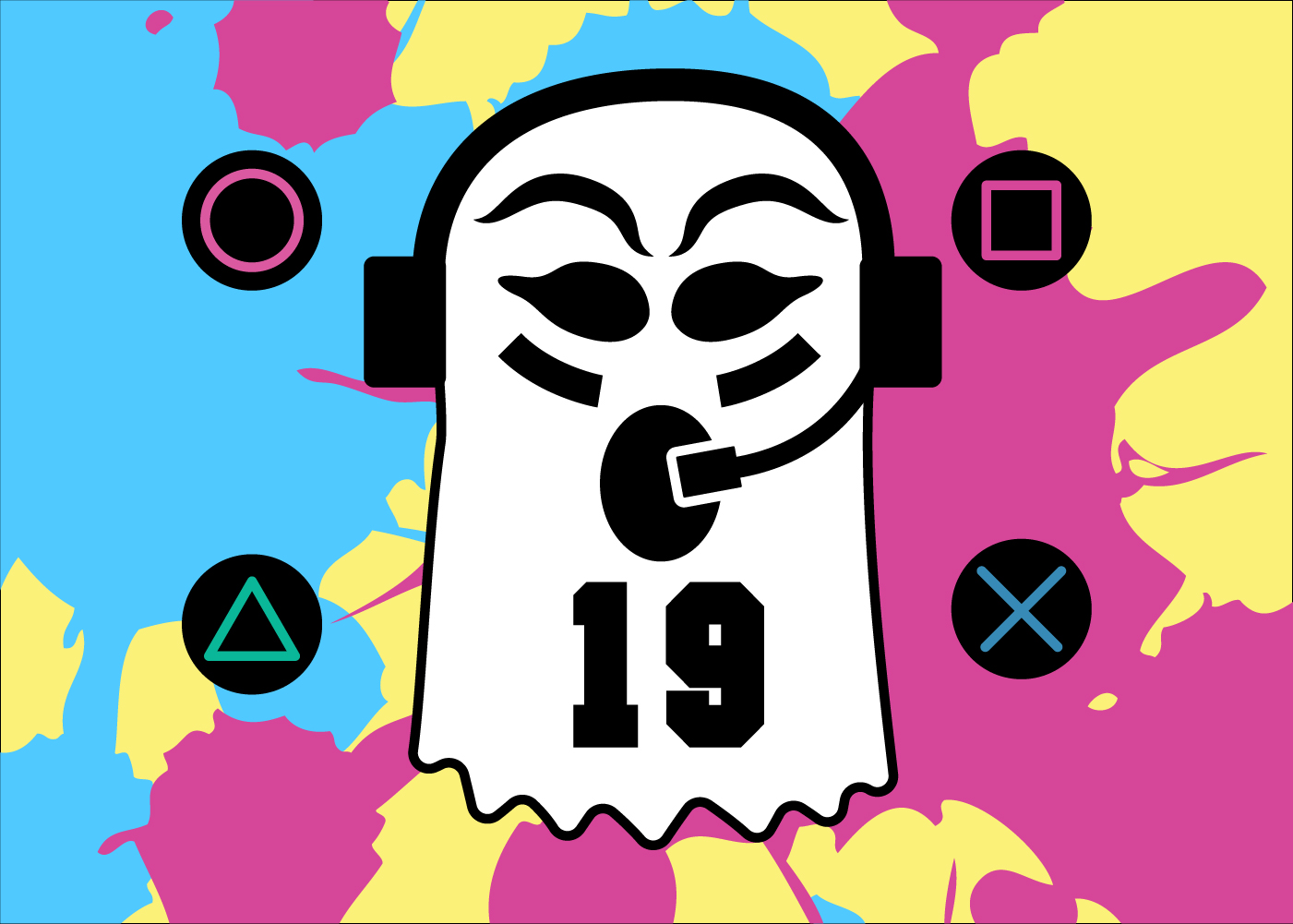A decision by the National Collegiate Athletic Association (NCAA) will allow student athletes from all 1,268 NCAA member schools to make money off of their name, image and likeness (NIL), without losing their eligibility or scholarships, effective July 1. Prior to this decision, students had to give up the rights to make money off their NIL because of the terms of their NCAA scholarships. Now, the names and faces of student athletes could be featured on commercials and memorabilia, and athletes can hold their own autograph signings.
Schools, including Portland State, will not pay their athletes. Rather, athletes will have an opportunity to get paid from a third party without consequences. As of July 2, 23 states, including California, Texas, Florida, Georgia and Oregon, are in the process or have already signed the federal NIL bill into law. Oregon Governor Kate Brown signed Senate Bill 5 on July 1 and it was put into effect immediately.
The NCAA made $1 billion in the 2016–17 school year, with roughly 75% of that revenue coming from television and marketing related to March Madness. Money is given to the participating Conferences after the tournament. The Pac-12 Conference earned $38.72 million because of the success of schools like University of California, Los Angeles that made it from the first four to the final four. Even though they lost in the first round, Eastern Washington University earned around $2 million for the Big Sky Conference, which PSU is in.
Nike and Adidas pay schools to add their logos to the jerseys and shoes of student athletes. Typically, this money is given to the school and the NCAA, while the athletes receive nothing. On average, student athletes commit 43 hours a week to maintaining their athletic scholarships, yet even the most popular athletes have not seen money in their hands for their efforts. When student athletes do make profit off of their NIL, the NCAA is quick to shut it down.
Back in 2017, University of Central Florida punter and YouTuber Donald De La Haye got into a conflict with the NCAA when it found out he was making money off of his YouTube channel, on which he showcased his football skills. The NCAA told him to demonetize or delete his channel in order to stay on the football team. De La Haye decided to sacrifice his football scholarship and NCAA eligibility to continue his YouTube channel. He sued and was able to finish his degree and graduate from the university, and he continues to make content on YouTube for his 3.43 million subscribers.
The main reason the NCAA had a rule that made student athletes like De La Haye choose between making money or keeping their scholarship was to avoid legal action under antitrust laws. If student athletes were categorized as “amateurs” then there wasn’t a need for them to be paid, since the scholarships given to the students were presumed to be enough.
With new opportunities on the horizon, student athletes can now be featured on products and in advertisements. They can also use their own name to promote their own companies. With plans to recreate NCAA Football 14, a videogame discontinued in 2014, developer EA Sports intends on allowing student athletes to be compensated for having their names in the game.
Some student athletes, like basketball players Hanna and Haley Cavinder, immediately went to work monetizing their social media presence. The twin athletes from Fresno State have already agreed on an endorsement deal with Boost Mobile. University of Wisconsin quarterback Graham Mertz already has his own personal logo, revealing it on Twitter. One restriction on the new NIL rule is that student athletes can’t represent their university logo when they endorse a product. So, for example, you won’t see a PSU tennis player wearing the dark green logo in their advertisements. Colleges and universities also can’t use money as a way to persuade student athletes to choose one school or another.
Student athletes are aware that the opportunity to monetize their NIL at their own discretion is a big deal, and many are ready to find sponsors. Satisfied with this decision, they get ready for the 2021–22 season, hopefully with more money in their pockets.






